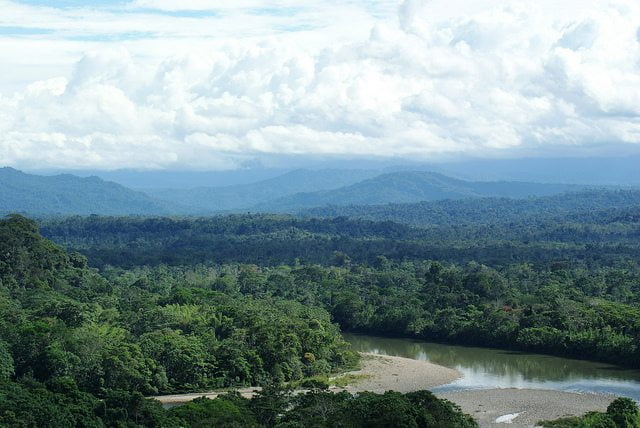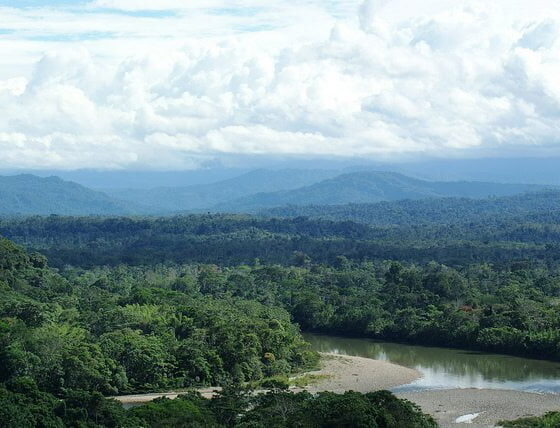

Environment
Climate change and deforestation increasing forest fire risk in Amazon
A combination of climate change and deforestation is making the Amazon rainforest increasingly vulnerable to devastating forest fires, a new study has said.
The Amazon is one of the most important ecosystems on the planet. It is estimated that about 10% of all known species live in the 5.5 million sq km rainforest.
The region is also called “the lungs of the Earth”, because its trees remove considerable amounts of carbon dioxide (CO2) from the air, therefore lessening climate change.
Despite its immense value, the forest faces a number of threats – from logging to “megadroughts” – and now researchers from the Woods Hole Research Centre in the US suggest that the danger posed by future forest fires is greater than previously thought.
“None of the models used to evaluate future Amazon forest health include fire, so most predictions grossly underestimate the amount of tree death and overestimate overall forest health”, said study co-author Dr Michael Coe.
In a new study published in the journal PNAS, Coe and his colleagues found that extreme, dry weather combined with the effects of human activities is creating an environment much more accommodating for catastrophic forest fires.
By conducting experiments in the field, they discovered that in drought years, which are expected to occur more frequently in the future because of global warming, large portions of the forest becomes increasingly susceptible to fire.
NASA satellite data shows that in 2007, a particularly dry year, fires in south-east Amazonia burned 10 times more forest than in an average climate year. Co-author Dr Douglas Morton described this as “an area equivalent to a million soccer fields“.
The risk is heightened further by the manmade destruction of forests.
“Agricultural development has created smaller forest fragments, which exposes forest edges to the hotter dryer conditions in the surrounding landscape and makes them vulnerable to escaped fires”, explained co-author Dr Marcia Macedo.
When the forests become fragmented, they are also often invaded by flammable grasses, which further increase the likelihood of future fires.
The team says that this so far underestimated combination of factors must be taken into account in new efforts to map the Amazon’s future.
A separate NASA-led study, published in January last year, also linked the degradation of the Amazon environment to climate change.
Researchers suggested that a “megadrought” – attributed to sustained warming of Atlantic sea surface temperatures – had devastated 270,000 square miles of rainforest over five years.
Meanwhile, a survey published in November found that deforestation in the Amazon went up by 28% between August 2012 and July 2013 – though most logging had been done illegally.
Photo: Dallas Krentzel via flickr
Further reading:
Amazon rainforest inhales more carbon than it emits, NASA study finds
Financial value of carbon in world’s forests may be underestimated by £481bn
Global Forest Watch: Deforestation tool launched ‘to change how businesses manage forests’
Tackling deforestation through REDD+ will cost $12 billion, report warns


 Environment10 months ago
Environment10 months agoAre Polymer Banknotes: an Eco-Friendly Trend or a Groundswell?

 Environment11 months ago
Environment11 months agoEco-Friendly Home Improvements: Top 7 Upgrades for 2025

 Features9 months ago
Features9 months agoEco-Friendly Cryptocurrencies: Sustainable Investment Choices

 Features10 months ago
Features10 months agoEco-Friendly Crypto Traders Must Find the Right Exchange




























